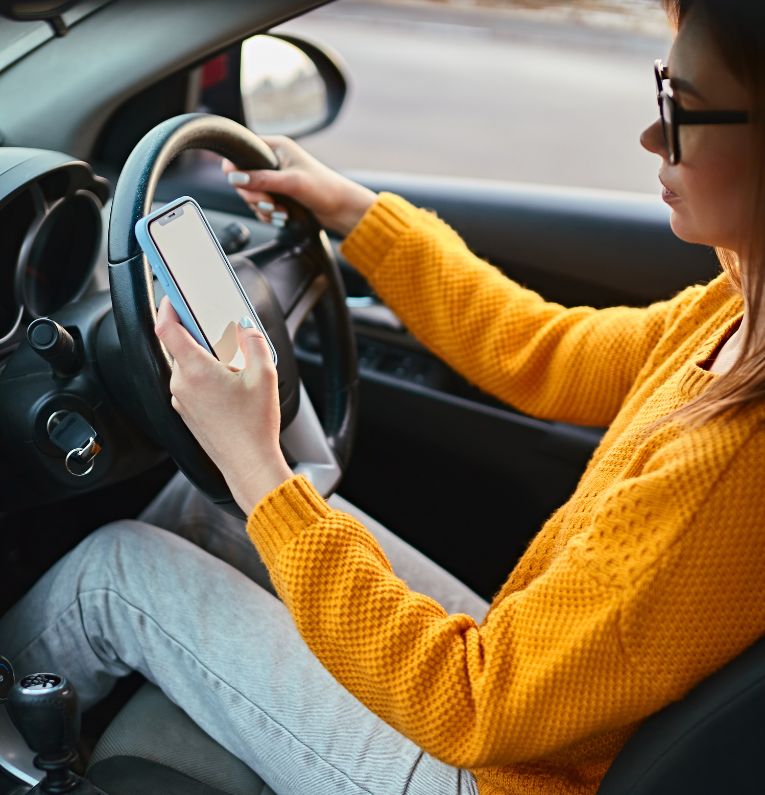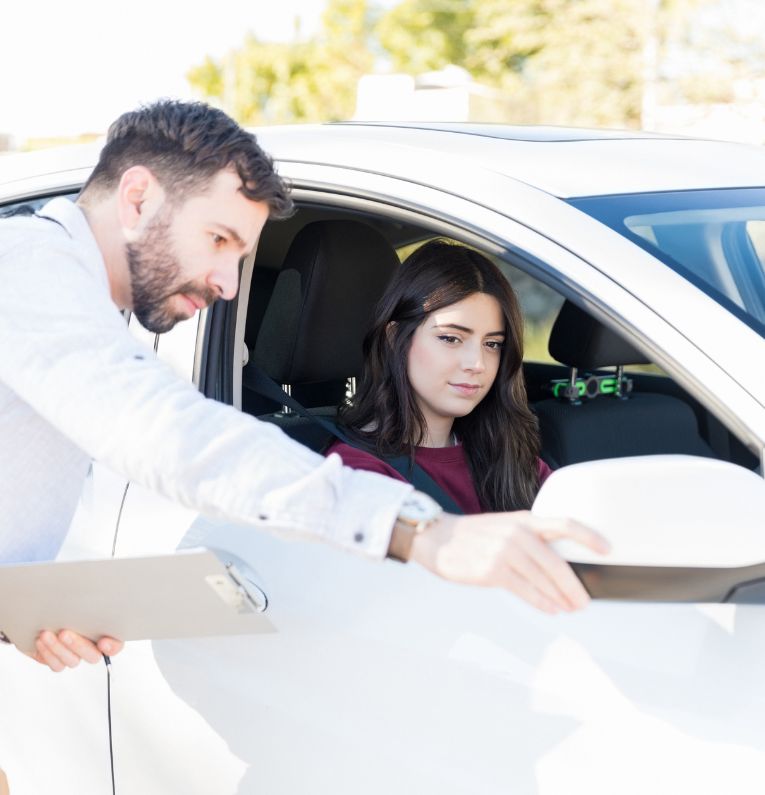Young driver safety tips that every parent should teach
For many young people, earning their driving licence is one of the most important milestones in their lives. Here are some important tips on road safety that parents must teach to ensure safety while driving.
Earning a driving licence is a huge achievement for many young people in Australia. It’s one of the first steps towards freedom and autonomy that a person can take when heading into adulthood.
However, earning a driving licence isn’t the end of their learning journey—it’s only the beginning. From here on, you will need to teach your children how to drive safely and responsibly.
Studies show that 55% of young learner drivers tend to be reckless when they drive, putting their own safety at risk when driving. By giving the right young driver safety tips and advice, you can encourage your children to stay safe on the road.
Important young driver safety tips
Here are some important tips that you need to teach young drivers;

Stay off the mobile phone
Mobile phones are a big part of everyone’s life, especially for young Australians. However, young people should keep their phones away when driving. Cell phones can be major distractions to drivers so advise your children not to use their phones when they drive unless it's an emergency. In this case, they should be advised to bring the vehicle safely to a stop before answering their phone.

Familiarise the controls
Not every model of vehicle is quite the same; the vehicle your child learned how to drive in may have different controls than your family car. You should tell your young driver to familiarise themself with the system of the car they're driving. They should learn about where vital controls, like headlight and indicator light switches, are and what the icons on the dashboard of the car mean.

Headlight during the day
Using the car's headlights is self-explanatory, but there are times when a driver may need to turn on the car's headlight during the day. You need to teach young drivers that headlights aren't just used to help a driver see where they're going but also to alert other drivers of their presence. When driving through bad weather, like rain and fog during the day, headlights can be a lifesaver.

Always check blind spots
Rear and side-view mirrors do a good job of telling drivers about what is going on behind and on either side of the vehicle. However, these mirrors still have small blind spots, like in the corners, that can hide other smaller vehicles from view. Teach your young driver to be aware of these blind spots and also advise them to physically check for other vehicles by glancing behind when unsure.
What Our Community Says About Us
Our Partners





Contribute toward promoting youth safety on the roads
Driving is a very important skill to learn for young people, but driving should always be done safely and responsibly. As parents, providing the right young driver safety tips is important for ensuring that your children navigate the roads of Australia safely.
At Youthsafe, we aim to help young drivers learn how to drive safely and responsibly through interactive presentations, driver safety workshops, and online and face-to-face training.
Encourage young drivers' safety with Youthsafe today.
FAQs
Young drivers should be advised to stay calm and maintain a calm mindset when they encounter an aggressive driver. They should avoid eye contact with the other person and not respond to their aggression. If an aggressive driver follows them, they should drive to the nearest police station.
To reduce stress while driving, young drivers should start driving on their own gradually and learn how to deal with common driving challenges. If they’re still not feeling confident about driving alone, they should ask their parents or another experienced driver to accompany them until they feel more confident in their driving skills.


